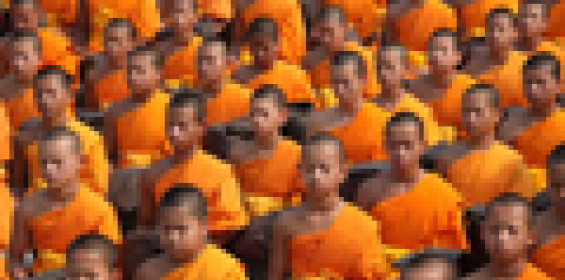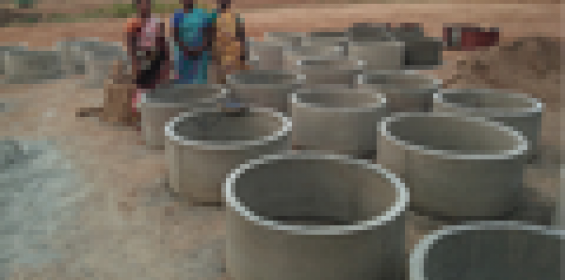Faith and sustainable development
There is an interesting story that I was told by the CSR head of a company, at an NGO conference recently.
When the Swachch Bharat fever was high in the country, this company decided to put their CSR money behind toilets in a group of villages where open defecation was a way of life.
They hired an NGO to compile the assessment study and present the report. Funds were released, to the utmost joy and happiness of the villagers, one toilet was built for each of the houses.
What this meant was that the people of the village no longer had to creep out into the fields in the middle of the night, during monsoons, risking predators and other nightly dangers. It also meant the young children, women and old people had their toilets right where they lived. It was like a grand festival on the day the project was handed over and all the donors and NGO people and everyone came to celebrate.
But then a couple of unfortunate mishaps began to happen in the villages. Nothing very serious, but enough reason for them to call in the village astrologer who did prashnam with cowrie shells and announced that the problems were happening because the gods were not happy with the toilets
Overnight, the toilet bowls were covered and all the toilets were converted into temples, one in each home and the families began ding-donging bells and performing poojas to satiate the gods.
This was a funny story and everyone laughed because that’s the way the lady said it.
But the underlying issue was an understanding that in the rural landscape of a country like India, faith holds its place bang in the center of the social structure. And what makes it even more complicated is that intertwined, are deeper issues relating to poverty, illiteracy, corruption, inequality, gender discrimination, unemployment, casteism, alcoholism, drug abuse, violence against women and more.
Which brings us to the question, how successful really are developmental initiatives in India that do not factor the ‘Faith’ element in the equation?
I took this question back to my team after the conference and discussion looped back to the Art of Living methodology for rural intervention.
Typically, when the Art of Living rural teachers work in a community, they start at the bottom of the pyramid because that’s where the people are. And wherever there are people, there are human challenges that include emotional and mental challenges, health issues, people dynamics, and conflict. Do these people have a roof over their heads, do they have enough food to eat, is their spirit still intact that they have a little fight still left to lift themselves first and then their families and communities to a better quality of life?
Very early in the Art of Living’s journey into rural development, Gurudev, Sri Sri Ravishankar established the 5H program. This was a beautifully designed and integrated program that included the most basic needs of the rural people to live a life of dignity and wellness.
The program encompassed Health, Home, Hygiene, Harmony in Diversity and Human Values and was backed by deep spiritual principles and practices that addressed the most fundamental needs of the individual.
Many of the people who implemented the 5H were young men and women, some from serious conflict backgrounds, who had transformed through the power of these practices, and then traveled the length and breadth of India, into remote communities and worked to bring dignity and wellness back into the lives of the rural folk.
If the highest purpose of God and religion is to bring faith in the individual to believe in himself, that’s what the 5H and the spiritual process that our youth leaders taught them achieved. The rural folk, touched by the power of the program, began to believe. They believed that if their lives were to change, they would have to change. And if change needed energy and power, there was a way to get there.
With the vision, work, commitment, and trust they had in the young leaders who had come to work and inspire them, they began to experience the transformation. Within themselves, their families and the community that they lived in. And most significantly, they began to have faith again. Not just in the Gods that they propitiated but ‘Faith’ in themselves and their own potential to dream for a better future and achieve it.
If the toilet situation had happened in any one of the villages where the Art of Living had worked, would we have had to face the same situation of ding-donging temple bells overnight?
Unlikely, said my team. When spirituality begins to permeate the arms of development, resilience, awareness, tenacity, and courage establish themselves first in the paradigm.
So what really is sustainable development?
They said, it’s the development of the human spirit to rise above struggles and challenges and work for the development, first of itself, and then to spark the spirit of men, women, and children around it for the good of all.
And that happens with the blossoming of Faith.
Rugmani Prabhakar head of Sustainable Development, Art of Living





















































